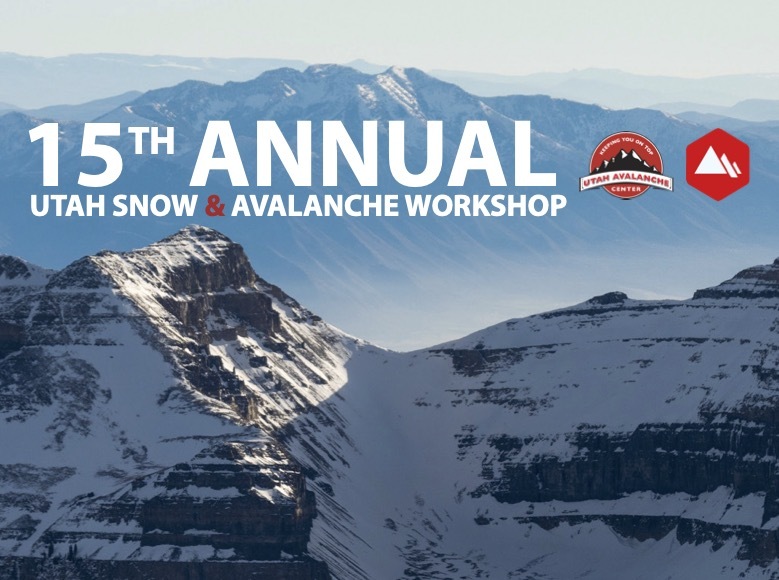As we gear up for the winter season, here are a few things to consider doing:
- Attend USAW and learn more about avalanches and decision making. (scroll down to the bottom of this page for more info and links)
- Sign up for an avalanche class.
- Take the all-new online avalanche courses the UAC built for Know Before You Go or take other online courses listed on the KBYG website (Develop skills -> Online Learning).
- Get your avalanche rescue gear ready for winter. Put fresh batteries in your transceiver and update the firmware. Inspect your shovel and probe. Get your airbag backpack ready by possibly doing a test deployment and update the firmware if it is an electric version.
Well that came on quick! Storm totals from Sunday's wallop are now up to 18" at close to 2.5" of Snow Water Equivalent (SWE) at the Gold Basin Study Plot at 10,000'. This is the first significant snowfall of the season and it is safe to say that it is here to stay, particularly on northerly aspects where future weather will determine its fate. If snow keeps coming we will build a nice strong base. If the faucet turns off and high pressure returns, snow on shady aspects will metamorphose into loose, sugary,
faceted crystals creating a basal
weak layer that could plague us for much of the season.
It's still a little early, and a little thin for me to think about traveling around on skis or snowmobile, but if you find yourself out and about, avalanches are possible. The main issue will be fresh
deposits of
wind-drifted snow that could produce slab avalanches. Look for areas of wind drifted snow on the leeward sides of ridge crests and terrain features, primarily in upper elevation, wind exposed terrain. Wind slabs are often recognizable by their smooth, rounded appearance, and they may sound hollow underneath. Cracking in the snow surface is a sign of instability.
Chris Benson gets the award for first up. Check out his stunning drone footage in the video below. Sure is white up there!
Get current and past 24-hour readings from these real-time weather links:
The recent snow cover is also hiding rocks, stumps, logs, and other things that may cause serious injuries while traveling, or if you're caught in even a small avalanche. Keep your stoke in check and travel accordingly! We will update this forecast as conditions warrant.









